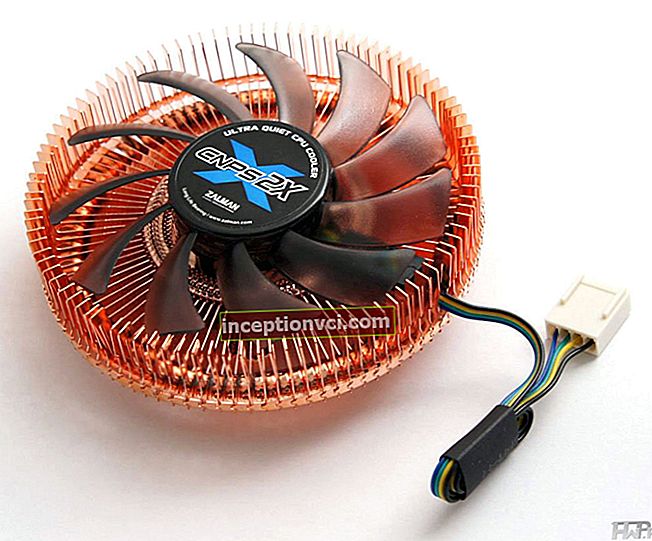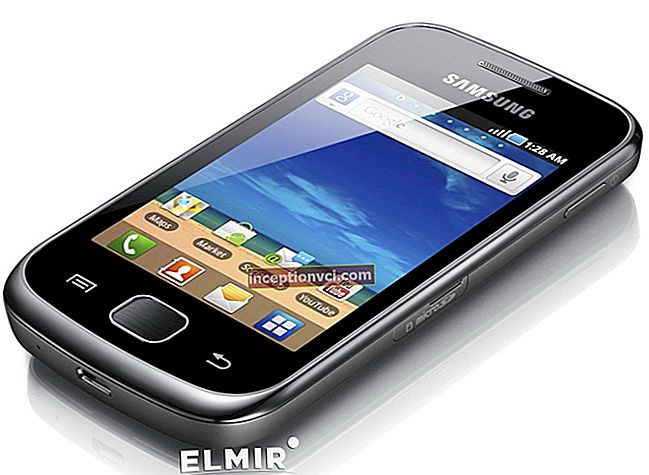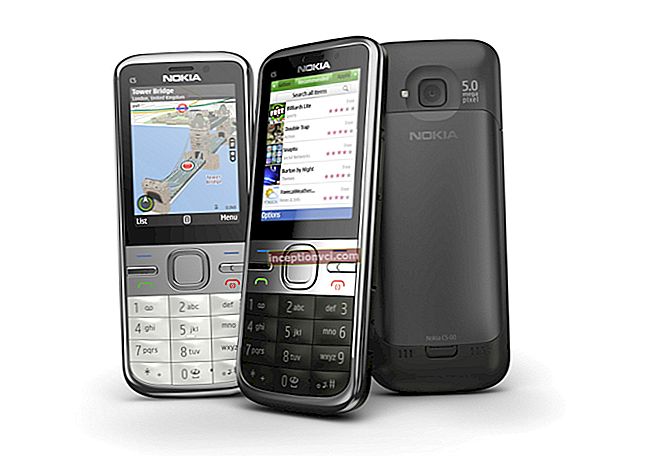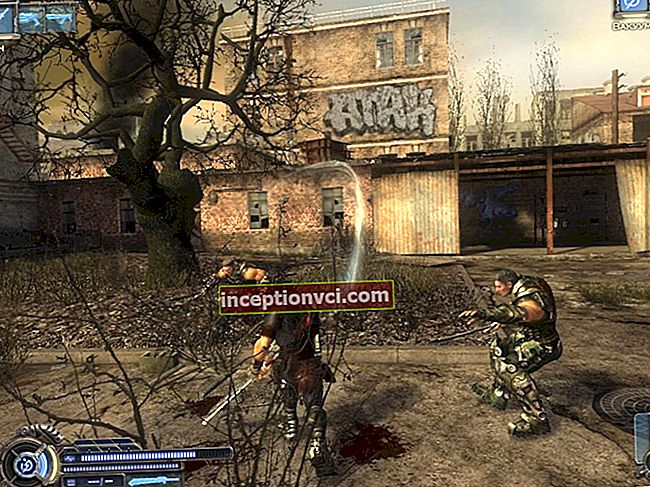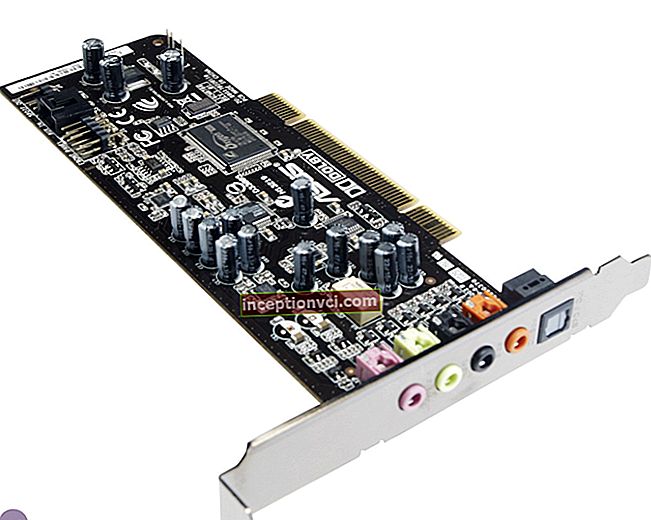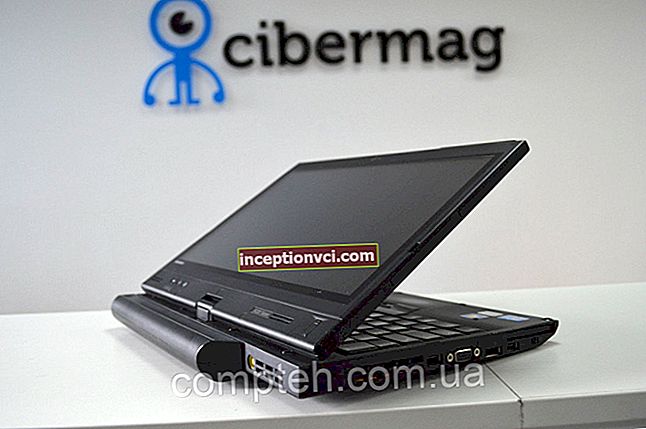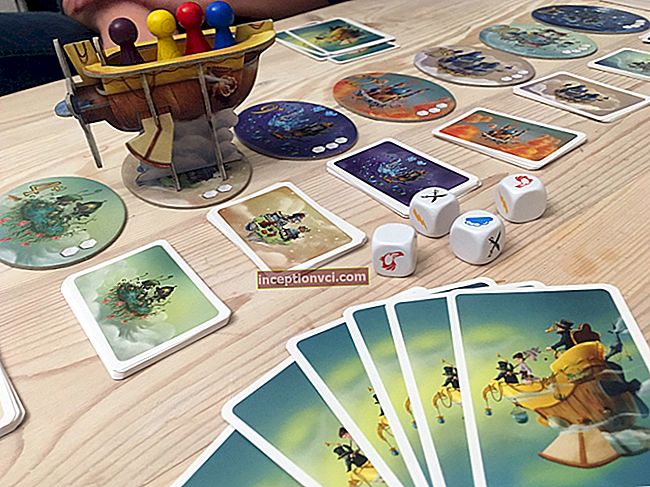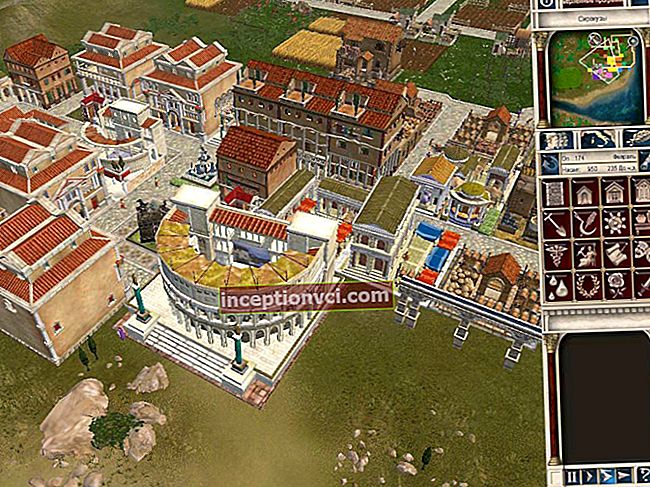Epson Stylus Photo RX700
Characteristics
- Photo center that combines a photo printer, scanner, copier, slide module, memory card reader, 6.35 cm LCD screen
- Scanning resolution - 3200 x 6400 dpi
- Optical density - 3.3D
- Six-color printing system with a resolution of up to 5760x1440 dpi and min. droplet size 1.5 picoliter
- Separate ink cartridges for maximum cost-effective printing

First, information for those who are familiar with the Epson Stylus Photo multifunctional device The RX600 is also a photo center in one bottle, but not as perfect and not as expensive as the RX700. The first change for the better is literally striking - this is a 6.5 cm or 2.6-inch screen with a pivot design and supernatural clarity and contrast of the image. However, we have already seen a similar screen using Photo Fine technology in the Epson P-2000 electronic photo album. This is not just a beautiful trick, but a really working tool, since it really allows you to evaluate the sharpness and color rendition of an image, which, for example, is very useful when cropping a photo offline (without a computer).
The second change, also striking, is the completely redesigned interface on the top of the MFP. By the way, it is very convenient, the first two hours of testing we even played it - we checked how quickly you can enter a particular mode and move through it. All the numerous functions, which you will be tormented to list, turned out to be so intuitive that it was not necessary to look into the description. The only thing that was a little disappointing was that when scanning slides, you cannot select the exact scan resolution. The choice is possible only on a qualitative level - "Norma" or "Photo", which somewhat contradicts the very high characteristics of the device (resolution 3200 x 6400 dpi and optical density 3.3D are not often found in a non-professional scanner, and for MFPs this is an absolute record).
The third good news is the increased volume of cartridges. Their page yield has grown to 515 pages with a 5% coverage, which will certainly have an impact on reducing the cost of printing.
The fourth - this 600th "Epson" was definitely not enough for complete happiness - appeared
the ability to print on the surface of CD / DVD discs.
Hopefully the list is compelling enough to understand why the price of the device has gone up. And the rest of the "news" can be omitted, since some differences in print, scan and copy speed are not so important for the home user. Except that the extended list of memory cards is interesting, with which the RX700 can directly work. True, some will require a separate adapter, but there is a whole list of USB drives with which the RX700 can also directly.
An unexpected effect was given by the film scanning mode, when one slide frame was placed in the corresponding compartment (scanning was performed from Photoshop). The scanner driver was unable to recognize the film. Perhaps the RX700 software needs minor tweaking. This is the only puncture in the scanner that we were able to identify, so let's move on to assessing the print quality. The classic 6-color scheme and Epson QuickDry Ink give very good results, which are almost equal to the print quality of printers using Epson Ultra Chrome Hi-Gloss pigment inks. But QuickDry gives absolute water resistance even to plain paper - this is very important for a color copier.
In general, the print quality leaves a very favorable impression, although for good color reproduction it is advisable to work with the settings - in automatic mode the printer overdoes it a little with magenta ink.
And finally, a few words about the general concept of the device.Perhaps the RX700 is a new type of MFP, in which high performance (especially with regard to the scanning system) serves both novice and experienced users alike. The scanner's software interface even offers three levels of difficulty: for dummies, for those who understand, and for the pros. True, they are named differently, but the essence of the matter does not change from this. A good technical base and fairly clever mathematics allow beginners to simply “click on buttons” and not think about what is behind these “buttons” (in particular, the software fight against image defects is very useful for those who do not know how to deal with them in a graphic editor ). And savvy users can now take excellent scans from any type of film and print them thoughtfully.
